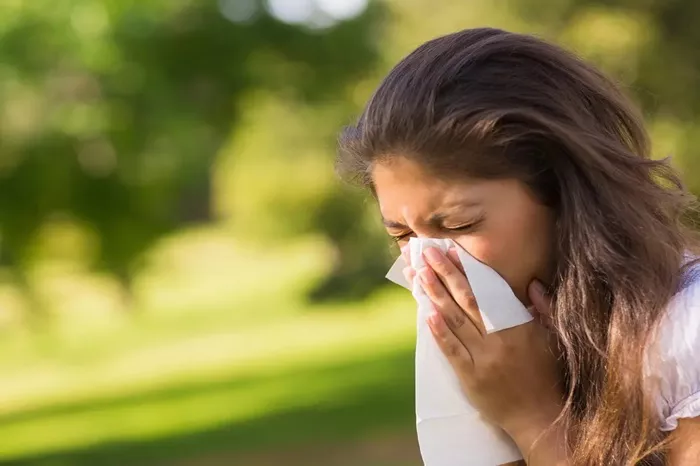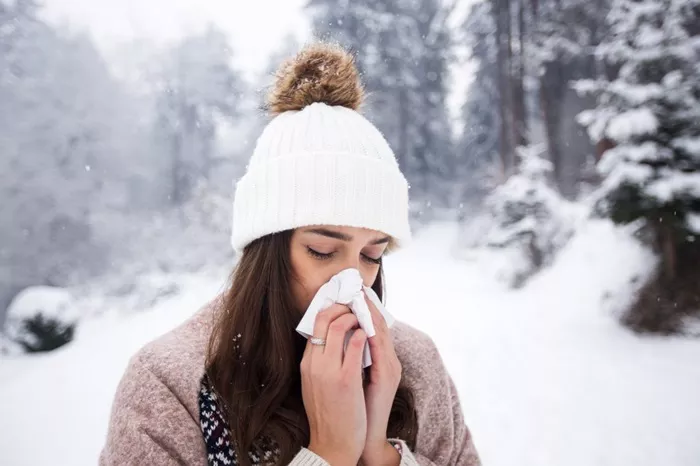Summer is a time for sun, fun, outdoor activities, and unfortunately for many, the onset of summer allergies. Allergies can significantly dampen the enjoyment of the season, causing symptoms that range from mildly irritating to severely debilitating. Understanding when summer allergies start, the triggers involved, and management strategies can help individuals enjoy the season with minimal discomfort.
Summer Allergies
Summer allergies refer to the allergic reactions that occur primarily during the summer months. These reactions are predominantly caused by pollens, molds, and other airborne allergens that are particularly prevalent during this season. Unlike the spring, when tree pollens are the main allergen, summer allergies are often driven by grasses and weeds. Additionally, warmer temperatures and higher humidity can contribute to increased levels of mold, which can also trigger allergic responses.
Understanding Allergens Specific to Summer
To comprehend when summer allergies begin, it is crucial to understand the allergens that are most active during this time:
Grass Pollens: Grasses are one of the most common causes of summer allergies. They typically start releasing pollen in late spring and continue through the summer. The timing can vary significantly depending on the location and weather conditions. Common grasses that trigger allergies include Bermuda, Timothy, Orchard, Rye, and Bluegrasses.
Weed Pollens: Weeds begin to release their pollen in late summer and continue into the fall. Ragweed is the most notorious, with its pollen capable of traveling hundreds of miles and significantly affecting air quality and allergy sufferers.
Mold Spores: Mold growth can increase during the summer due to higher humidity and warm temperatures. Both outdoor molds, such as those found in soil, and indoor molds in damp areas, can be problematic.
Other Irritants: While not allergens, other irritants like ozone, smog, and smoke from wildfires can exacerbate allergy symptoms during the summer months.
Geographical and Climatic Influence on Allergens
The start and severity of summer allergies can vary dramatically based on geographic location and local climate conditions:
Temperature: Warmer climates might experience earlier starts to the pollen season, while cooler areas might see a delayed onset.
Humidity: High humidity can enhance mold growth and prolong the lifespan of some pollens in the air.
Rainfall: Rain can either wash away pollen, providing temporary relief, or spur rapid growth of grasses and weeds, leading to more severe pollen release afterward.
How to Identify the Onset of Summer Allergies
Identifying the onset of summer allergies primarily involves observing the timing of symptom emergence. Common symptoms include sneezing, nasal congestion, runny nose, itchy eyes, and throat irritation. For many, these symptoms can start as early as late spring and continue through the summer. Tracking local pollen counts can also provide insight into when specific allergens are in the air.
Preventive Strategies and Management
Managing summer allergies effectively involves a combination of prevention, avoidance, and treatment strategies:
Monitoring Pollen and Mold Counts: Many weather websites and apps provide daily updates on pollen and mold spore levels. Staying informed can help individuals plan their activities on days when allergen levels are lower.
Environmental Controls: Using air purifiers with HEPA filters, keeping windows closed during high pollen days, and using dehumidifiers to control mold growth can reduce indoor allergen levels.
Medications: Over-the-counter antihistamines, nasal sprays, and eye drops can be effective in managing symptoms. For severe cases, a healthcare provider may prescribe stronger medications or recommend allergy shots (immunotherapy).
Lifestyle Modifications: Showering after being outdoors, wearing sunglasses to protect eyes from pollen, and drying clothes indoors can minimize exposure to allergens.
The Impact of Climate Change on Summer Allergies
Climate change is impacting the timing, duration, and intensity of allergy seasons. Rising temperatures and carbon dioxide levels can lead to earlier starts and longer durations of pollen seasons, potentially increasing the severity of symptoms. Awareness and adaptive strategies will become increasingly important as these changes progress.
Conclusion
Summer allergies can start as early as late spring and persist throughout the summer, depending on geographic and climatic factors. By understanding the allergens specific to summer, recognizing symptoms, and implementing effective management strategies, individuals can better cope with the challenges presented by this season. As environmental patterns continue to evolve, staying informed and adaptable will be key to managing summer allergies effectively.
By maintaining vigilance and proactive management, those affected by summer allergies can still enjoy the warmer months while minimizing their discomfort and maximizing their quality of life.
[inline_related_posts title=”You Might Be Interested In” title_align=”left” style=”list” number=”6″ align=”none” ids=”7767,7770,77647″ by=”categories” orderby=”rand” order=”DESC” hide_thumb=”no” thumb_right=”no” views=”no” date=”yes” grid_columns=”2″ post_type=”” tax=””]

































